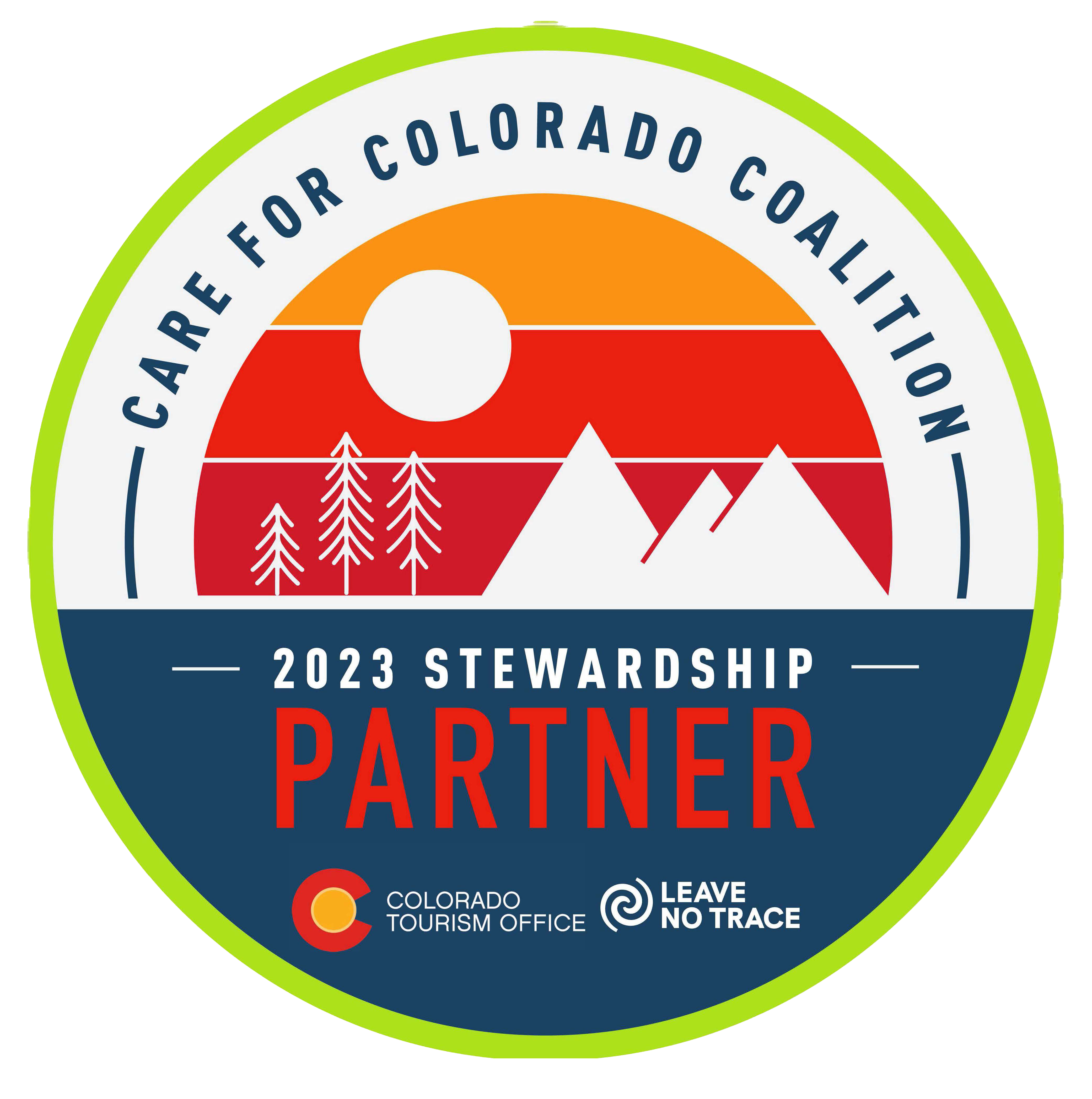Having been deployed to my hometown in Illinois for most of the last two winters to take care of an aging parent, and finding the winters to be as I remembered—cold, gray and windy—I am often confronted with this statement: "Living in Colorado, you must be used to these cold winters."
"No," is my reply, "winters in Colorado aren't this cold!" I say emphatically. Let me explain. What I really mean is that Colorado cold does not feel as cold. I run outside all winter because I told myself years ago that there are no excuses. If I have to bundle up like a penguin and cover every square inch of flesh with multiple layers, which is what I do to maintain my passion. My nose is the exception as I do have to breathe, being one of my worst habits, especially while running. Because I have run so many miles in both places and paying close attention to weather conditions, I present the following theory: In temperatures below 40°F, there is a 25° difference in feel between Colorado and Illinois. Point of reference; 25° in Illinois is what ZERO feels like in Colorado.
In central Illinois, average elevation is about 580 feet and, being in the Mississippi River basin, is subject to the tropical humidity that crawls up Old Man River from the Louisiana delta. The San Luis Valley averages just over 7,600 feet. The humidity is much lower and there are less molecules of air per equal cubic measure to make the skin feel as cold. Consider a day when the ambient temperature is 25 degrees with a 5-7 mph wind in both places, and the sun is out. In the San Luis Valley a light cool breeze will gently kiss the skin and the sun is warm and wonderful. In Illinois the light breeze still has a cold, painful bite and the sun is no warmer than fluorescent lights.
An Illinois training run for the Rio Frio, early January 2015
Checking the Weather Channel, the temperature is 13 degrees. The wind is out of the northwest at 23 gusting to 28. Loverly!
Testing my excuse theory, I bundle up and tell myself once more I will not go down in defeat to these conditions. My course is on Illinois country roads where the wind gets a several hundred mile head start across mostly flat open farmland. As I head east, the sun has not yet risen and the horizon is a deep pumpkin orange. The northern component of the wind rips into my upper left cheek with a sharp icy blade. As for the rest of me, I am mostly warm bundled up in layers representing about seven outdoor clothing companies! I then turn north. Ouch! The wind has a frontal assault on my exposed face. I step on a shoe lace accidentally and have to tie my left shoe. In the few seconds it takes me to do so with my gloves off, my fingers freeze. Should I continue? Yes, I have to. Says who?
Occasionally I have to put my gloved hands in front of my face to protect it. I turn east again and have to protect my left cheek once more. I am being propelled now by the western component of the wind and maintain a fast pace. The sun comes up and I need my sunglasses as the bright rays are now piercing my eyes. The next dilemma is perplexing. The wind chill is well below zero and though my core is barely comfortable and I have on layers that are supposed to wick moisture away, you guessed'er, I begin to perspire (ok, sweat). Dang it. Well, the Weather Channel did say the humidity was 87%. My skin grows cold and damp. Ugh.
I am at the three mile turn-around-point and I have to make the painful about face. If I could run back as fast as my nose is presently running in the cold air, I would win the Olympic 5K. My brother had joked that I should just keep running that direction and call him when I had run far enough and he would come pick me up. Probably should have, but it takes away the challenge. Now I face both directional components of the steady and gusting winds. Oh be joyful! I zip up tighter and batten down all hatches. Though the sun is on my back, I keep my sunglasses on to protect my eyes from the wind, but my left lens fogs up and I cannot see out of that eye. The wind is so cold I have to put up both gloves to protect my face. I now get why people in Minnesota, North Dakota, and Canada speak the way they do, eh? I coin the phrase, 'frozen face syndrome.' Try it! Lock up your cheeks, start to talk, throw in a few expressions like, 'don't ya know,' and 'eh?' at the end of sentences and you will be speaking those dialects almost immediately. A few hundred yards of frozen face syndrome and I have to turn around and run backwards. I alternate this most of the way to the house.
I am glad January only comes once a year. If the temperature at this year's Rio Frio in Alamosa is 25 with no wind and the sun is out, I will be the one in shorts and a t-shirt prancing and dancing across the frozen river. See you there on January 31, 2015 at 9 a.m. don't ya know, eh? Registration - runningguru.com.







